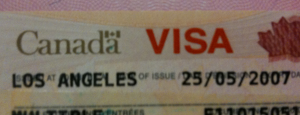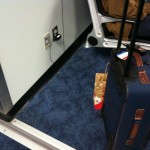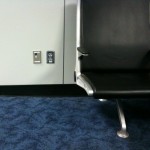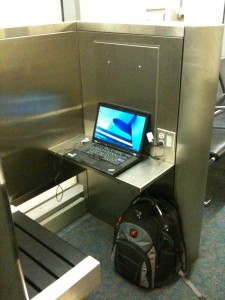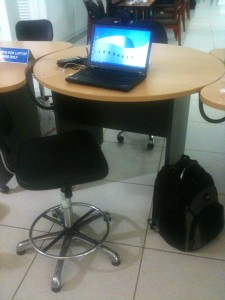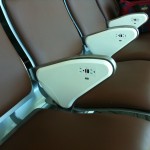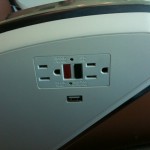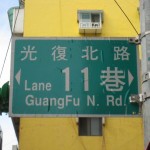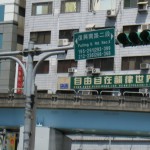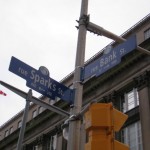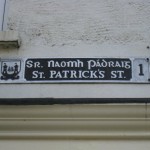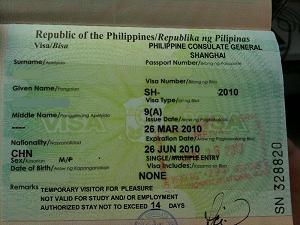In February of last year, a good friend stayed at our apartment for a long weekend. On his second day, I took him to a Filipino restaurant in San Mateo for brunch. We arrived early, so the place, called Kuya’s, hadn’t opened yet.
As we waited outside the establishment, I noticed how my guest started to shiver from the late-morning cold. So I found a patch of sunlight, stood there, and asked him to join me. When he stepped into the light, relief from the cold was almost immediate. It was as much a surprise to him, as it was to me the first time I noticed the temperature differences between light and shade in my first winter in Taiwan. I snapped the following photo to commemorate the “aha” moment.
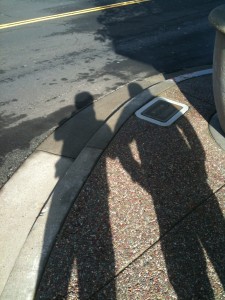 |
Under the blazing tropical sun, shade is associated with relief. Leaving the shade for relief was a foreign concept. It’s a lesson that you learn quickly, however, even in sub-tropical countries that don’t really have snow — like Taiwan.
I experienced an even sharper contrast between light and shade when I went to Kanata, Canada (a suburb of Ottawa) on a business trip a couple weeks short of Christmas. This is what greeted me on my first morning.
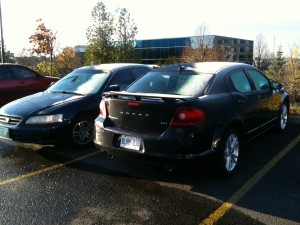 |
Overnight, a layer of frost had formed on the cars in the hotel parking lot. This wasn’t California-style, turn-on-the-wiper-and-you’re-done frost. You actually had to scrape this stuff off. Surprising as that phenomenon was (it was the first time I’d ever had to drive in that kind of weather), what even more surprising was how the curvature of the windshield was enough to keep the morning sun from melting all of the frost. Hence the powder-white patch on the right side of the car.
For most of my stay at the hotel, I parked where the photo above was taken. However on Thursday night, there was a hockey game at a nearby stadium and game parking spilled over to the hotel parking lot. So I ceded my usual spot and parked behind the hotel building. It seemed like a good idea at the time since there was virtually no competition on that side of the building. I found out why the following morning.
 |
The parking slots there were completely shielded from the sun. So I had a whole lot of scraping to do. I know my east coast and European friends who are more accustomed to full-blown winters will look at that picture and laugh. But hey . . . we don’t have that issue in the tropics . . . or California for that matter. It was as new to me, as the light-and-shade revelation my friend experienced in February.
The things I enjoy most about travelling are the little discoveries that tell you “you’re no longer at home”. A close second is taking visitors, who are new to my part of world, around to experience the sights, sounds, and tastes of my living space. Through their comments and questions, things that had become routine and mundane become fresh all over again.
Thank you for that visit my friend, and for that re-discovery of the non-tropical relationship between light, shade, and temperature.
